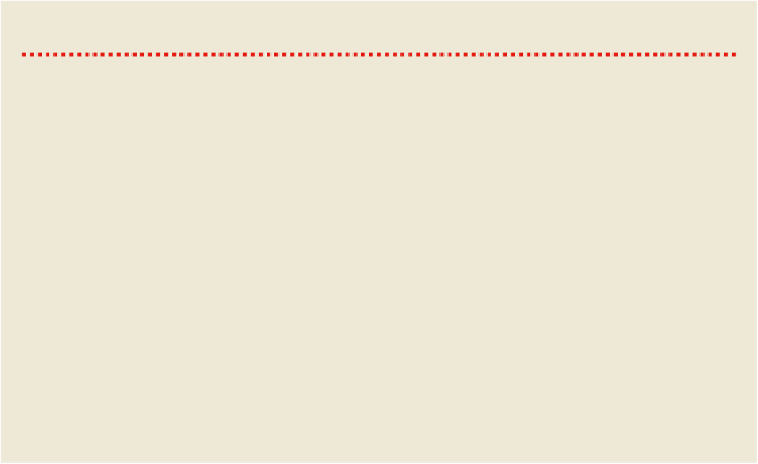Travel Reference
In-Depth Information
OPIUM & YAA BAA (METHAMPHETAMINE)
Up until the introduction of the anti-opium program in 2001, Laos was estimated to produce most of
the world's opium. This mantle has since been passed on to Afghanistan, yet in many mountainous re-
gions of northern Laos - far from the reach of doctors - opium is grown as a medicinal drug or paink-
iller and is used by many tribes. Given its prime location in the heart of the Golden Triangle it's un-
derstandable that Laos has often been a pawn and facilitator in the trafficking of drugs intended for the
West; during the Secret War the US was allegedly involved in profiteering from opium cultivation.
These days the trade of
yaa baa
(methamphetamine) alone is worth US$8.5bn a year to the Golden
Triangle.
In 2008 CIA reports based on satellite images suggested opium production had increased by an
alarming 78%. However, the trafficking of
yaa baa
gives much more pause for concern; makeshift
yaa baa
laboratories are easily dismantled and discarded by the cooks and Laos and Thailand's porous
borders make it very hard to effectively police the movements of major shipments. For corrupt border
officials willing to be turned by huge payoffs, there's big money to be made by turning a blind eye and
allowing the production and transit of the drug as it is moved through the country to Cambodia, Viet-
nam and Thailand. In 2011, authorities estimated that nearly one in 60 Thais was a methamphetamine
user.
In 2012 a joint operation between China, Thailand, Burma and Laos called 'Mekong Safe' success-
fully seized almost 10 tonnes of drugs, and more than 2500 suspects were arrested.
Religion
Most lowland Lao are Theravada Buddhists and many Lao males choose to be ordained
temporarily as monks, typically spending anywhere from a month to three years at a wat.
Indeed, a young man is not considered 'ripe' until he has completed his spiritual term.
After the 1975 communist victory, Buddhism was suppressed, but it soon became clear its
religious omnipresence was too strong and by 1992 the government relented. However,
monks are still forbidden to promote
pĕe
(spirit) worship, which has been officially
banned in Laos along with
săinyasàht
(folk magic).
Despite the ban,
pĕe
worship remains the dominant non-Buddhist belief system. Even
in Vientiane, Lao citizens openly perform the ceremony called
sukwăn
('calling of the
soul') or
basĕe,
in which the 32
kwăn
(guardian spirits of the body) are bound to the guest
of honour by white strings tied around the wrists.
Outside the Mekong River valley, the
pĕe
cult is particularly strong among tribal Thai.
Mŏr
(priests) who are trained to appease and exorcise troublesome spirits, preside at im-
portant festivals and other ceremonies. The Khamu, Hmong and Mien tribes also practise
animism.


Search WWH ::

Custom Search